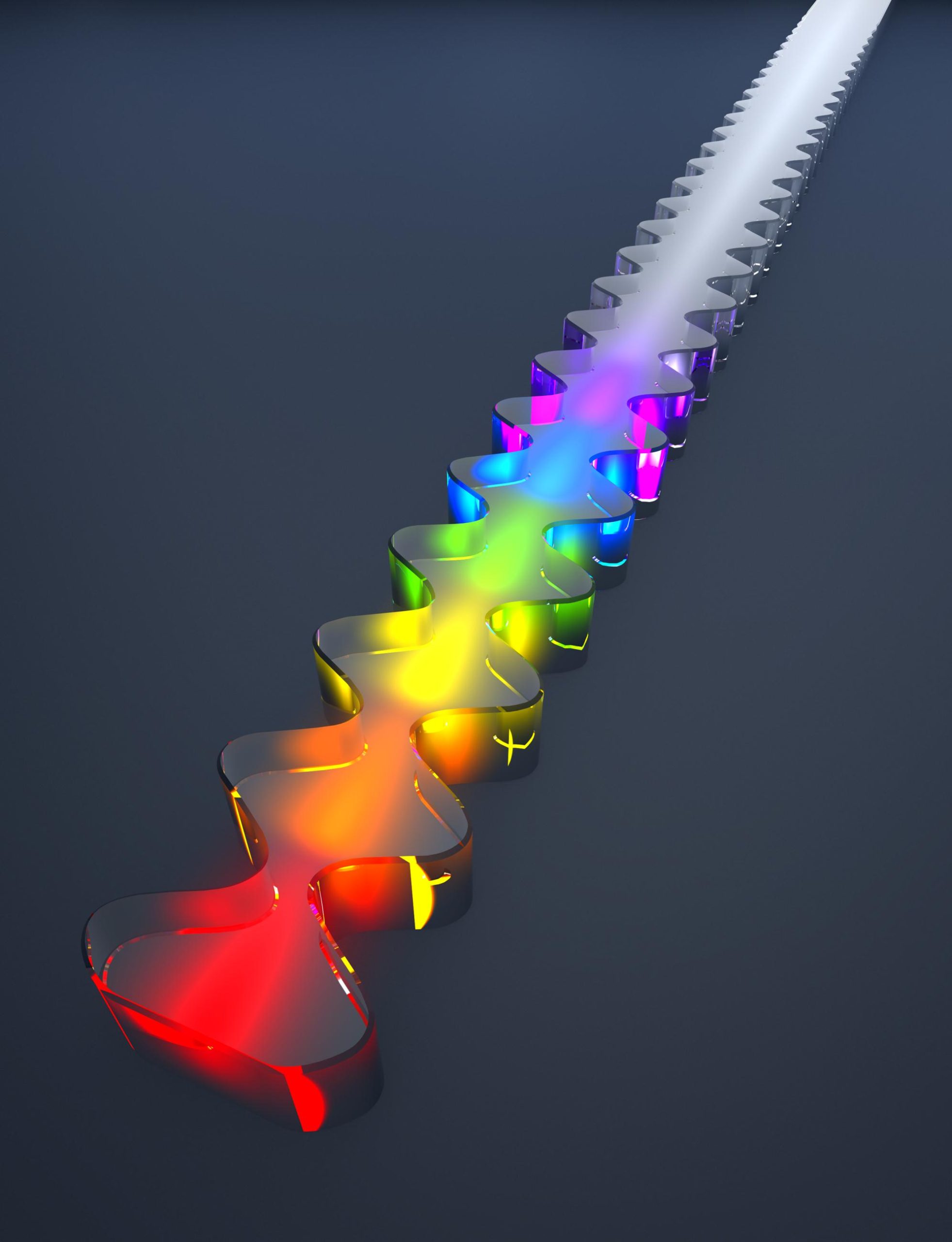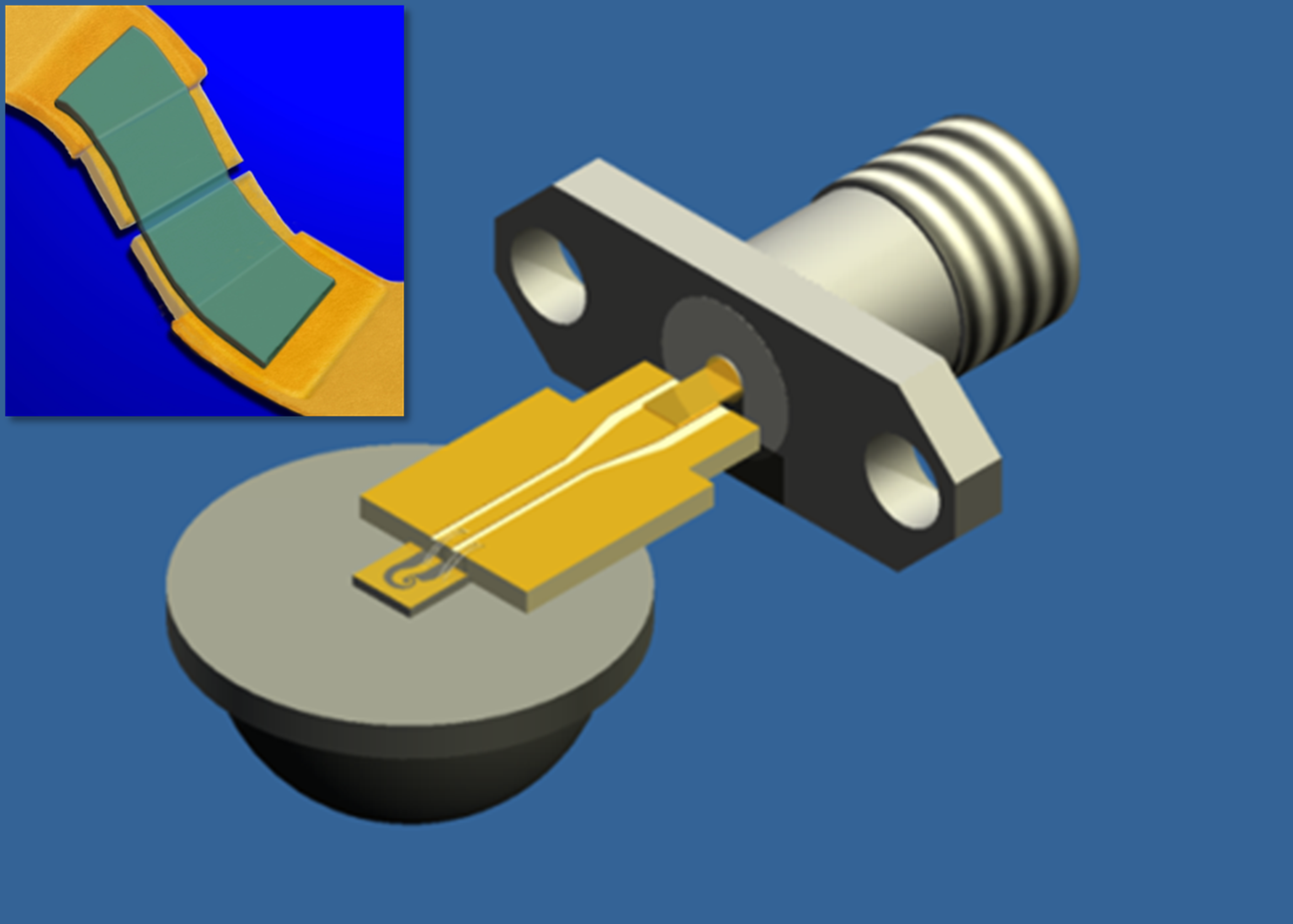Over the years SRON has developed superconducting detectors for astronomical missions, including NASA balloon observatories and space telescopes. Now this type of detector – more specifically a Hot Electron Bolometer Mixer – has found its way to other scientific disciplines. The detector now plays a crucial role in the development of terahertz frequency combs based on quantum cascade lasers at Massachusetts Institute of Technology (MIT), Cambridge, USA. The research results have recently been published in the scientific journal Nature Photonics.

Optical frequency combs are light sources whose spectrum consists of a series of discrete, equally spaced lines at optical wavelengths. Because frequency combs allow a direct link from optical frequencies to megahertz radio frequencies, which can be measured very accurately, they have revolutionized high-precision metrology and spectroscopy.
Applications also include even better optical atomic clocks and more precise GPS technology. In astronomy the optical frequency comb technology can be used to detect earth-like planets that orbit other stars (exoplanets) The development of the optical frequency comb for precision spectroscopy has led to one half of the Nobel Prize in Physics being shared by John L. Hall and Theodor W. Hänsch in 2005.
However, at terahertz wavelengths, loosely defined from 30 to 3000 micrometers (corresponding 0.1 to 10 THz in frequency), no solid-state frequency combs have existed yet. A research group led by Prof. Qing Hu at MIT has now developed a new quantum cascade laser capable of generating a series of at least 70 equally spaced lines, centered at 3.5 THz.

To verify that the new device can indeed function as a frequency comb, the MIT researchers have applied a superconducting mixer. This mixer – developed by SRON in close collaboration with Delft University of Technology – is not only ultra-sensitive to the photons at terahertz frequencies, but also able to down-convert the photons to those at the microwave frequencies due to its quick response. The Dutch mixer played a vital role in three different experiments carried out at MIT, which successfully demonstrated and confirmed all the properties of a frequency comb.
The research results are summarized in a paper titled Terahertz laser frequency combs, which is now published online: 11 May 2014 of Nature Photonics (DOI:10.1038/NPHOTON.2014.85). The first author is David Burghoff from MIT, while Darren Hayton (SRON) and Jian-Rong Gao (SRON/TU Delft) are among the coauthors of the publication.


